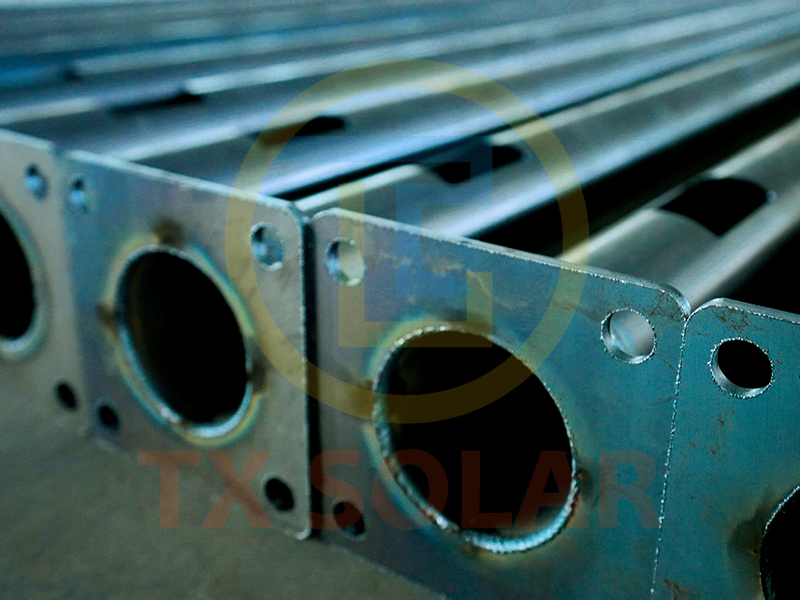Metal street light poles are common in cities and suburbs, providing essential lighting for roads, sidewalks and public spaces. These structures are not only functional but also help enhance the beauty of their surroundings. An important part of the metal street light pole is the flange, which plays a vital role in supporting the light pole and ensuring its stability.
The flange of a metal street light pole is a critical component that is often overlooked, but is critical to the proper installation and performance of the light pole. It is the bottom or bottom portion of a pole that is fixed to the ground, providing a stable foundation for the entire structure. Flanges are typically made of metal, such as steel or aluminum, and are designed to withstand the weight of the pole and the forces exerted on it, such as wind and other environmental factors.
The main function of the flange is to provide a strong connection between the street light pole and the ground. This is accomplished by securing the flange to a concrete foundation or other suitable surface using anchor bolts or other fastening methods. The flange distributes the load of the pole evenly across the base, preventing it from tipping over or becoming unstable. In addition to providing structural support, the flange also helps protect the rod from corrosion and other forms of damage that can occur to the base.
The design of the flange is critical to the overall performance of the street light pole. It must be able to withstand the weight and height of the pole, as well as the environmental conditions of the installation. Flanges are typically designed to be durable and corrosion-resistant, ensuring they can withstand the effects of moisture, chemicals, and other potentially damaging elements. Additionally, the flange must be able to adapt to the specific requirements of the installation site, such as soil conditions and local building codes.
In terms of structure, the flange is usually welded or bolted to the bottom of the street light pole. This ensures a strong and secure connection between the rod and flange, preventing any movement or instability. Flanges can also be designed with additional features, such as drainage channels or protective coatings, to further enhance their performance and longevity.
The correct installation of the flange is crucial to the overall stability and safety of the street light pole. The flange must be securely anchored to the ground using appropriate fasteners and techniques such as concrete anchors or anchor bolts. It is important to follow the manufacturer’s flange installation guidelines and specifications to ensure that it can effectively support the weight and forces exerted on the pole.
In addition to their structural role, the flanges of metal street light poles also help to enhance the overall aesthetics of the structure. A well-designed flange can complement the design of a light pole and enhance its visual impact. Flanges can be designed with decorative elements or finishes that blend seamlessly with their surroundings, adding to the overall appeal of the street lighting installation.
In summary, the flange of a metal street light pole is a critical component that provides the necessary support and stability to the structure. It plays a key role in anchoring poles to the ground and ensuring their safe and reliable performance. Proper design, construction and installation of flanges is critical to the overall functionality and longevity of your street light pole. By understanding the importance of flanges, stakeholders can ensure that street light installations are safe, durable and aesthetically pleasing.
Welcome to contact metal street light pole supplier TIANXIANG to get a quote, we will provide you with the most suitable price, factory direct sales.
Post time: May-11-2024

